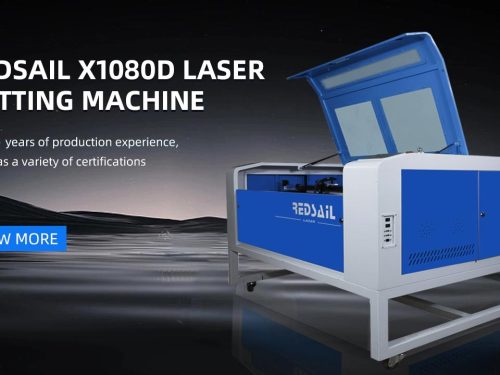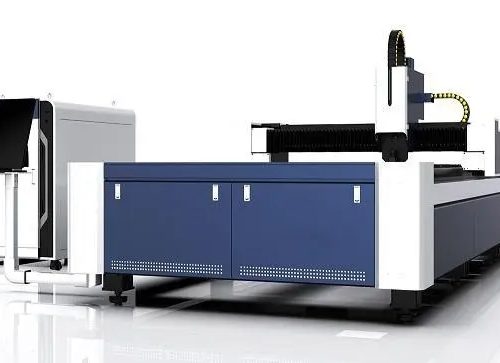
Although optical fiber laser marking and engraving is an effective process, innovation and investment in this field continue to expand the performance boundaries. As more and more industries introduce optical fiber laser marking technology into enterprises, higher requirements are put forward for faster systems with higher power and larger bed size.
With the growing concern about brand protection, marking date codes, serial numbers and other identifying data on important components helps protect manufacturers from liability for counterfeit parts and provide quality assurance to customers. This is a critical area, and brand owners welcome optical fiber laser engraving machines. For example, FDA requires a unique device identification (UDI) code to track and track medical devices. Another major advantage of laser marking is that it can identify moving parts in real time. Ink can not always meet this demand, and will also cause plugging problems, therefore, as a consumable, it must be managed. Fiber lasers eliminate these problems.
Other applications may include the use of different color markings to identify components such as drill bits. Or, enterprises may need different logo colors to represent different departments. More companies have invested in fiber lasers than ever before. Although the automobile industry is undoubtedly the earliest adopter, relatively new solutions are being snapped up. When you consider their advantages, it is easy to understand why.
1. Additional speed
The absolute speed of the optical fiber laser marking machine makes it the first choice for customers who want to improve efficiency. They are the fastest laser marking technologies in their wavelength range. In some applications, the marking time is less than one second.
2. Energy efficiency
Although the speed is faster, compared with other lasers, fiber lasers still save energy. This can not only reduce power consumption, but also make the system simpler, smaller and more reliable. Fiber laser technology uses basic air cooling rather than additional cooler units, which is expensive and cumbersome. As many enterprises find cash and floor space in short supply, compact and efficient optical fiber laser marking solutions have proved to be appropriate.
3. Longer service life
The expected life of the fiber laser is about 100000 hours, which means the service life is about 45 years. So, will the company still use the same fiber laser in 45 years? I doubt it! In any case, this option can indeed bring a considerable return on investment.
4. Laser power
Due to the continuous power supply time of this technology, the optical fiber laser marking solution is an ideal choice for deep marking. Fiber lasers do not transmit continuous energy flow, but transmit extended pulses. They can provide energy for a long time and are ideal for marking deep and lasting marks. A good practical example is the manufacture of automotive braking systems.










